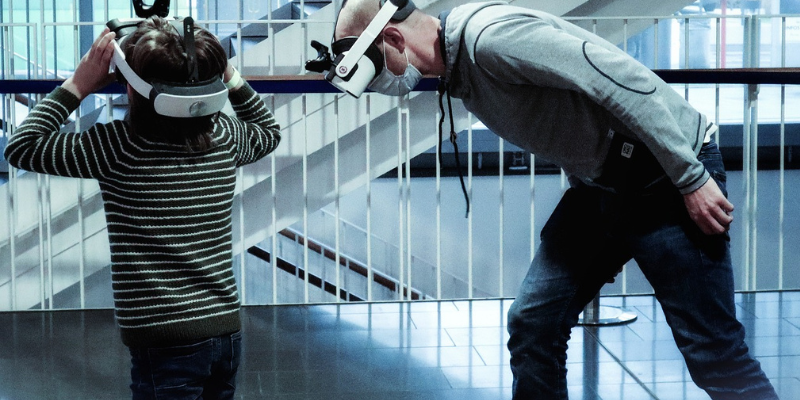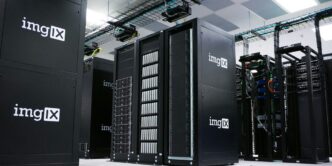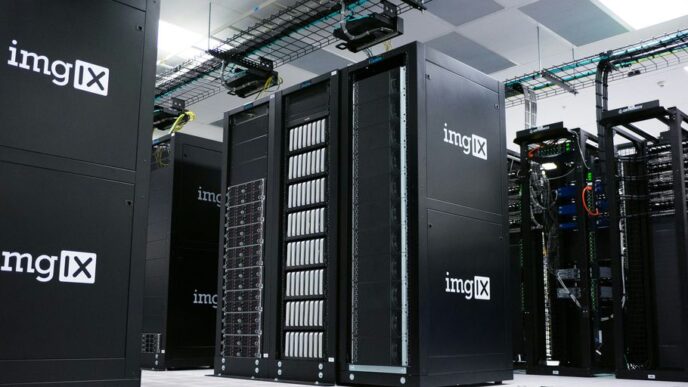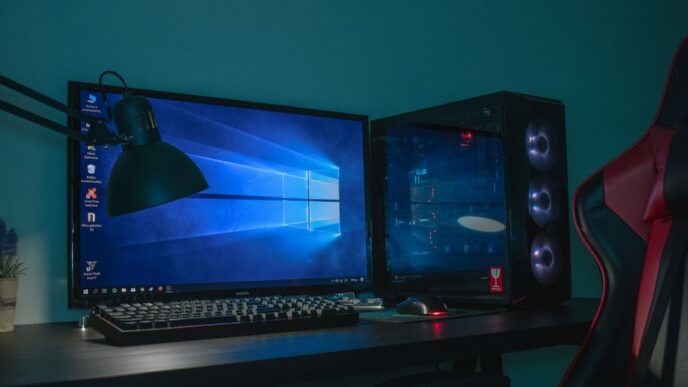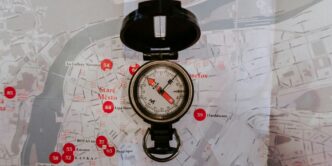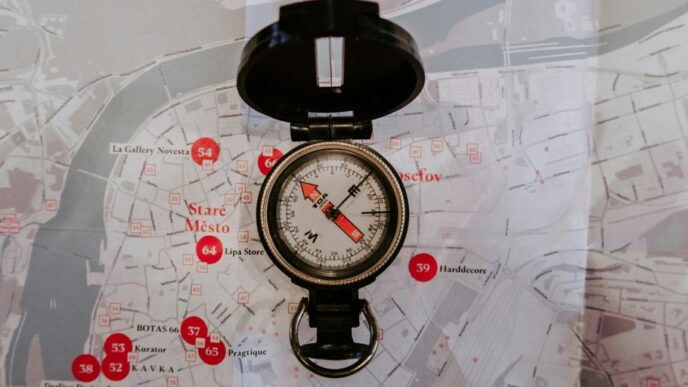The world of education is constantly evolving, with new technologies and tools emerging every day. One of such innovation that has been making waves in recent years is spatial computing, a technology that blends the physical and digital worlds to create immersive learning experiences. But what exactly is spatial computing, and how does it impact student engagement and achievement? In this blog post, we’ll explore the exciting potential of this cutting-edge technology in transforming the way students learn and interact with their environment.
Introduction to Spatial Computing
The use of spatial computing technologies is becoming increasingly prevalent in educational settings. These technologies have the potential to engage students in new and innovative ways, fostering greater collaboration and problem-solving skills. As such, it is important to understand the basics of spatial computing and how it can be used to support student learning.
Spatial computing refers to the use of computers to create, process, and analyze spatial data. This can include anything from creating 3D models to navigation apps that use GPS data. With the help of spatial computing, students can better visualize and interact with information, making it an powerful tool for learning.
There are a number of ways that spatial computing can be used to support student engagement and achievement. For example, these technologies can be used to create immersive learning experiences that allow students to explore virtual worlds or simulations. Additionally, spatial computing can be used to create personalized learning experiences that are tailored to each individual student’s needs and interests.
Ultimately, the goal is to use spatial computing technology in order to improve student engagement and achievement. When used effectively, these technologies have the potential to revolutionize education and help students reach their full potential.
The Impact of Spatial Computing on Student Engagement
There is a growing body of evidence that suggests spatial computing can have a positive impact on student engagement and achievement. For example, one study found that students who used Google Earth to learn about the Amazon rainforest were more engaged and had a better understanding of the material than those who simply read about it in a textbook.
Another study found that students who used augmented reality (AR) to learn about anatomy were more engaged than those who learned using traditional methods. And yet another study found that students who used virtual reality (VR) to learn about fractions were able to retain the information better than those who learned using more traditional methods.
These studies suggest that spatial computing can be an effective tool for engaging students and helping them learn. However, there is still much work to be done in this area. More research is needed to understand how best to use these technologies to improve student engagement and achievement.
The Impact of Spatial Computing on Student Achievement
There is growing evidence that spatial computing, which includes virtual and augmented reality, can have a positive impact on student engagement and achievement. A recent study by the University of Central Florida found that students who used spatial computing in their math classes were more engaged and achieved higher grades than those who did not use spatial computing.
The study’s lead author, Dr. Christopher Dede, said that spatial computing “has the potential to revolutionize education” by making learning more interactive and engaging. He believes that this technology can help students visualize concepts and problem-solve in ways that are not possible with traditional instructional methods.
Other research has shown that spatial computing can also be effective for teaching science, social studies, and language arts. For example, a study published in the journal Nature found that students who used an immersive virtual reality system to learn about the solar system retained more information than those who learned with traditional methods.
With the increasing availability of affordable virtual reality headsets, it is likely that we will see more classrooms incorporating spatial computing into their instruction. This technology has the potential to improve student engagement and achievement across a wide range of subjects.
Challenges Facing the Implementation of Spatial Computing in Education
The use of spatial computing, which encompasses augmented and virtual reality, in education is still in its early stages. While there are many potential benefits to using these technologies in the classroom, there are also some challenges that need to be addressed. Here are some of the main challenges facing the implementation of spatial computing in education:
Lack of dedicated hardware and software: While there are some dedicated hardware and software platforms for spatial computing (e.g., Microsoft HoloLens), they are still relatively rare and expensive. This means that most schools and teachers cannot afford to invest in them at this time.
Limited content and applications: There is currently a lack of educational content and applications specifically designed for spatial computing platforms. This makes it difficult for teachers to find appropriate material to use in their classes.
Lack of teacher training: As with any new technology, there is a lack of teacher training on how to effectively use spatial computing in the classroom. This means that many teachers are not yet familiar with the potential benefits and best practices for using these technologies with their students.
Technical challenges: Spatial computing technologies are still quite new and immature, which means that they can be unreliable and prone to technical issues. This can be frustrating for both teachers and students, who may encounter problems during class or while trying to use these technologies at home.
Best Practices for Implementing Spatial Computing in Education
Establish clear learning objectives for your students before incorporating spatial computing into your lesson plans. What do you want your students to learn or be able to do as a result of using spatial computing tools.
Select appropriate spatial computing tools and applications for your students and learning objectives. There are many different types of spatial computing tools available, so it is important to choose those that will best meet the needs of your students.
Provide ample opportunities for student practice and exploration with the selected tools. Spatial computing can be used in many different ways, so it is important for students to have time to experiment and find ways to use the tools that work best for them.
Offer guidance and support to students as they are using the spatial computing tools. Be available to answer questions and help students troubleshoot any problems they may encounter.
Evaluate student learning regularly and adjust your instructional methods as needed based on the results of your assessments. Make sure that you are monitoring student progress and ensuring that they are meeting the desired learning objectives.
Benefits of Using Spatial Computing in Education
There is a growing body of evidence that suggests that spatial computing can have a positive impact on student engagement and achievement. For example, one study found that students who used a three-dimensional (3D) virtual world to learn about cells and cell structure were more engaged in the lesson and better able to recall information than students who learned using two-dimensional (2D) illustrations
Other research has shown that spatial computing can help students develop deeper understanding of complex concepts, think creatively, and solve problems more effectively. For example, one study found that students who used a 3D virtual world to design solutions to real-world engineering problems were more successful in finding creative solutions than students who used 2D CAD software.
The use of spatial computing is not just limited to helping students learn academic content. There is also evidence that suggests it can be used to support social and emotional learning. For example, one study found that students who used a 3D virtual world to role-play social situations experienced increased empathy and social skills.
The evidence suggests that spatial computing can be a powerful tool for supporting student engagement and achievement.
Conclusion
Spatial computing has the potential to revolutionize how students learn, interact with their peers and teachers, and comprehend new concepts. With its help, educators can offer interactive experiences that are tailored to each student’s individual needs and capabilities. This makes education more interesting and engaging for every learner which in turn leads to improved achievement levels. By embracing this technology in their classrooms, teachers have a chance of creating an immersive learning experience for everyone involved.

